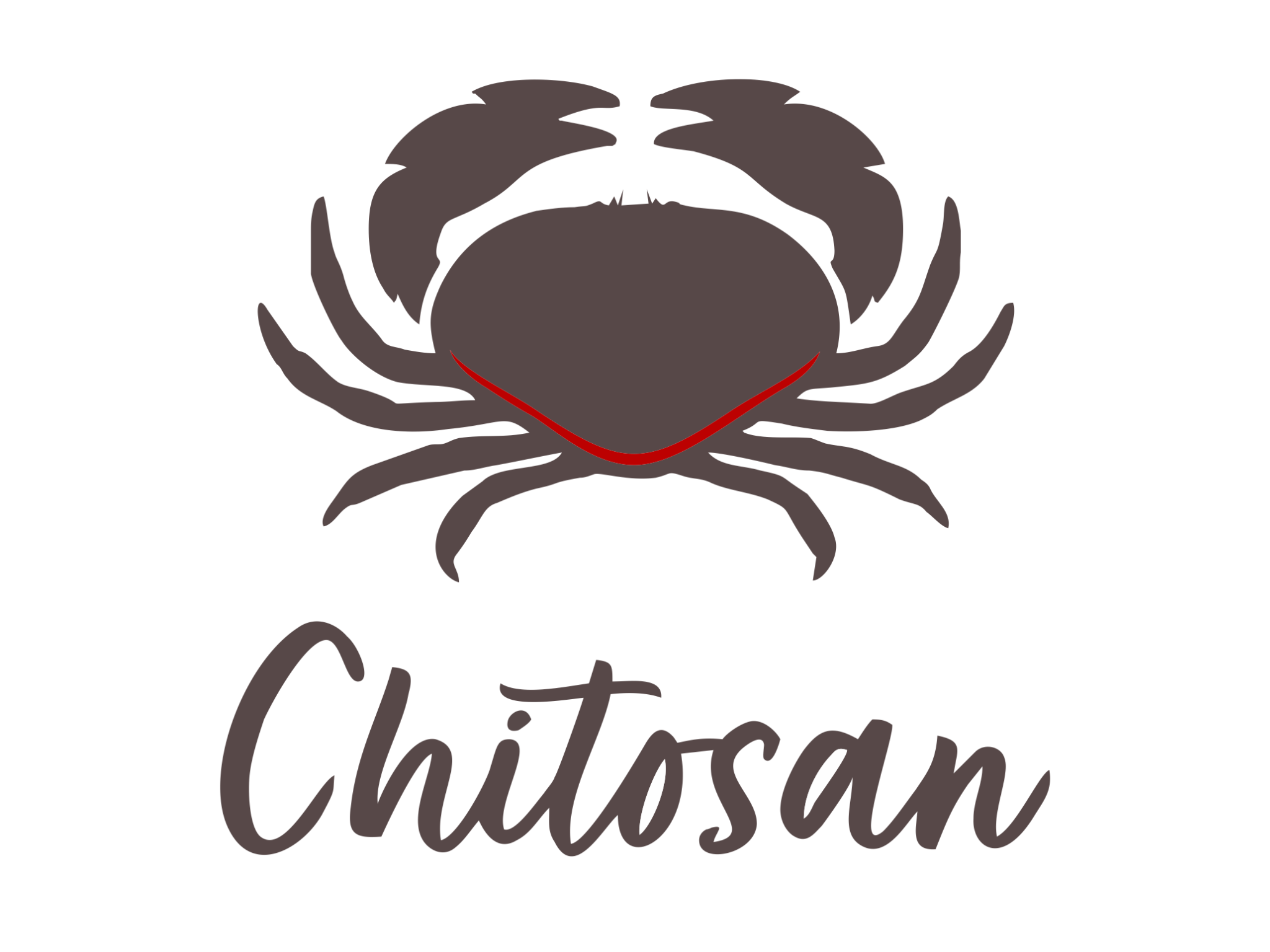Chitosan is a natural biopolymer that is derived from chitin, which is the second most abundant natural polymer in the world after cellulose. Chitin is a complex polysaccharide that is found in the shells of crustaceans such as shrimp, crab, and lobster, as well as in the exoskeletons of insects and the cell walls of fungi.
Chitosan is produced by deacetylation of chitin, which involves the removal of acetyl groups from the chitin molecule. This process results in a biopolymer that is soluble in acidic solutions and has unique chemical and physical properties. Chitosan is biodegradable, non-toxic, and has a low environmental impact, making it an attractive material for sustainable development.
In turf and horticulture, chitosan has several potential uses. As a soil amendment, chitosan can improve soil quality by increasing soil structure and water holding capacity. It also promotes beneficial microorganisms that help break down organic matter and release nutrients. This can lead to improved plant growth and yield in various crops.
Chitosan can also be used as a seed treatment to enhance germination, increase seedling vigor, and protect seeds from pathogens. Additionally, chitosan can be used to improve the efficiency of fertilizers by reducing nutrient leaching and increasing nutrient uptake by plants.
Chitosan acts as a biostimulant by inducing systemic resistance in plants, which enhances their ability to resist pests and diseases. This can be particularly useful in reducing the need for chemical pesticides and promoting sustainable crop management practices.
In turfgrass management, chitosan has been used to promote root growth, reduce thatch buildup, and improve stress tolerance. It has also been found to be effective in reducing soil compaction and improving water infiltration in compacted soils.
Overall, chitosan has great potential as a sustainable and environmentally friendly solution for various turfgrass and horticulture practices. Its unique chemical and physical properties make it a versatile and effective material for improving soil quality, promoting plant growth, and reducing the need for chemical inputs.



